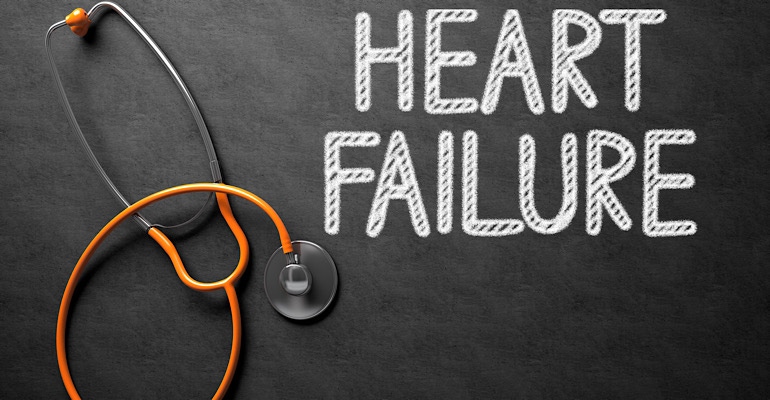Could HF be Diagnosed with Just an MRI?
Researchers found that MRI could be a reliable and safe option all while avoiding an invasive procedure.
May 12, 2022

Heart failure, which has serious care implications, can be detected noninvasively with an echocardiogram but is often not fully diagnosed until a patient receives cardiac catheterization. However, such invasive procedures introduce risk for patients. Research from the University of East Anglia and the University of Sheffield has found that MRI could be a reliable and safe option all while avoiding an invasive procedure.
Measuring Pressure Inside the Heart
Heart failure is a condition marked by increased pressures in the heart. Diagnostic tools measure that pressure with differing degrees of accuracy. Ultrasound-based echocardiograms are not reliably accurate, with up to a 50% rate of inaccuracy, according to the universities. MRI could offer a noninvasive diagnostic option that is more precise than the oft used echocardiogram. The approach could also offer a cost-effective option for evaluation of heart failure.
When the research teams compared echocardiograms and MRIs of the heart against assessments completed with invasive procedures, MRI demonstrated a superior ability to match a diagnosis obtained through invasive measures. MRI assessments were able to correctly determine pressures indicative of heart failure for nearly three quarters of those diagnoses that were incorrect with echocardiograms.
More Accurate Assessment with MRI vs. Echocardiogram
"We showed that heart MRI is superior to echocardiography in predicting pressure inside the heart,” said Dr Pankaj Garg, associate professor in Cardiovascular Medicine at the University of East Anglia, Norwich, United Kingdom, shared in a release. “Almost 71% of patients who had wrongly measured pressures by echocardiography had correct pressures by heart MRI.”
Patients included in the research were assessed for left atrial volume and left ventricular mass. Left ventricular filling pressure was then calculated based on these two measures. About 835 patients who were in the ASPIRE registry and had received same day MRI of the heart and invasive assessment were included in the research. The research was published in European Heart Journal. Research was partially funded by grants from Wellcome Trust and NHS’ National Institute for Health and Care Research.
About the Author(s)
You May Also Like


